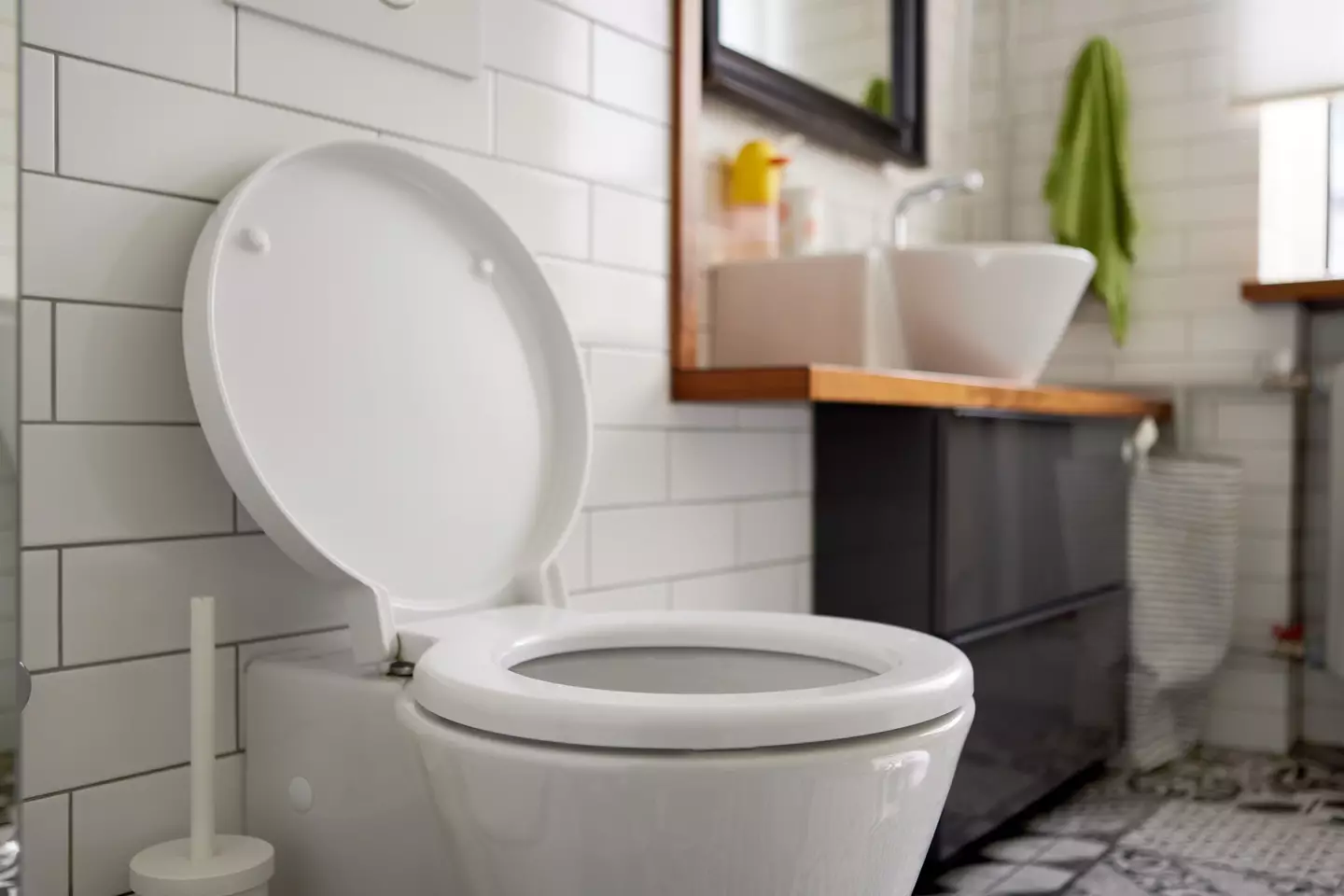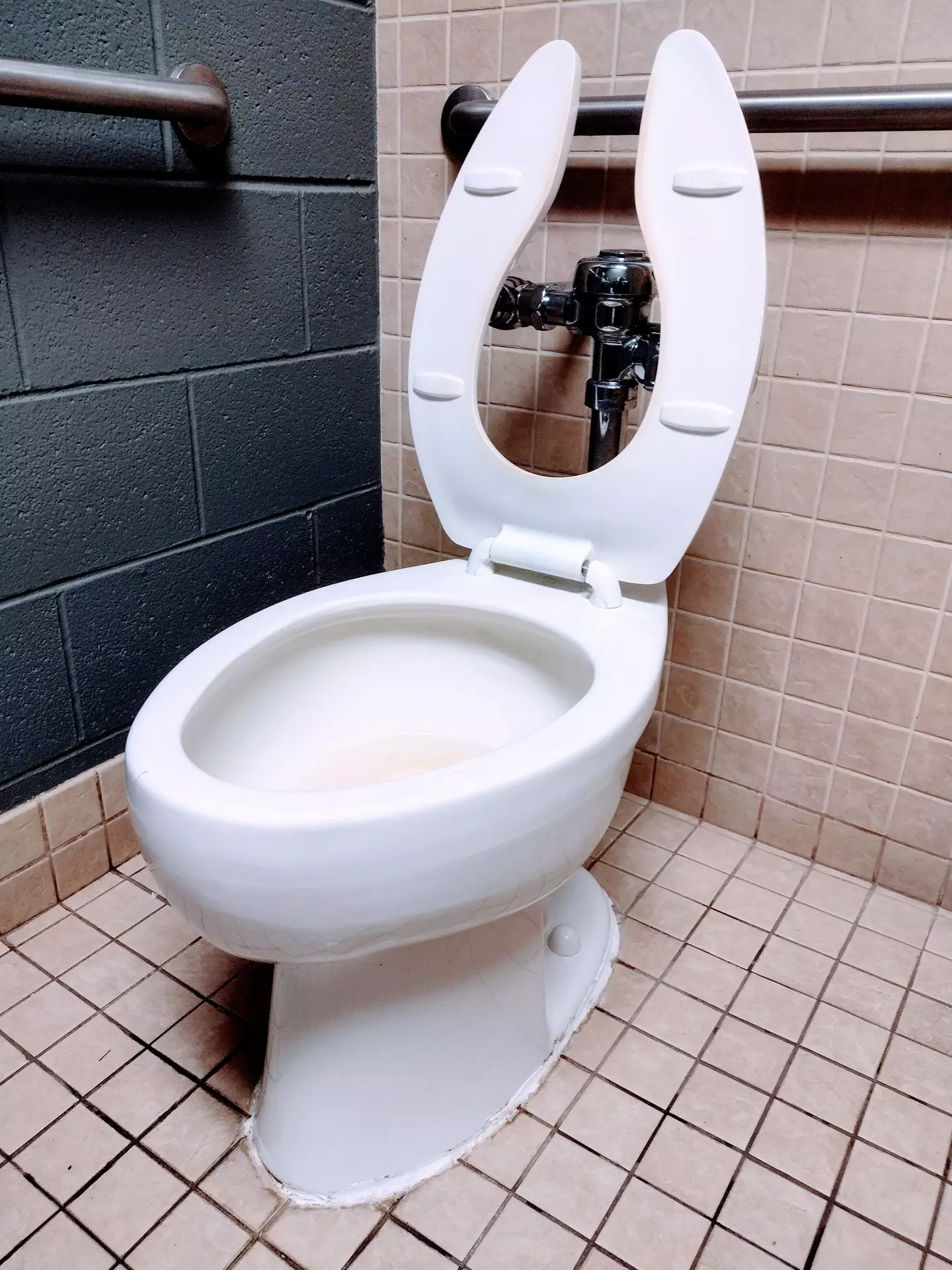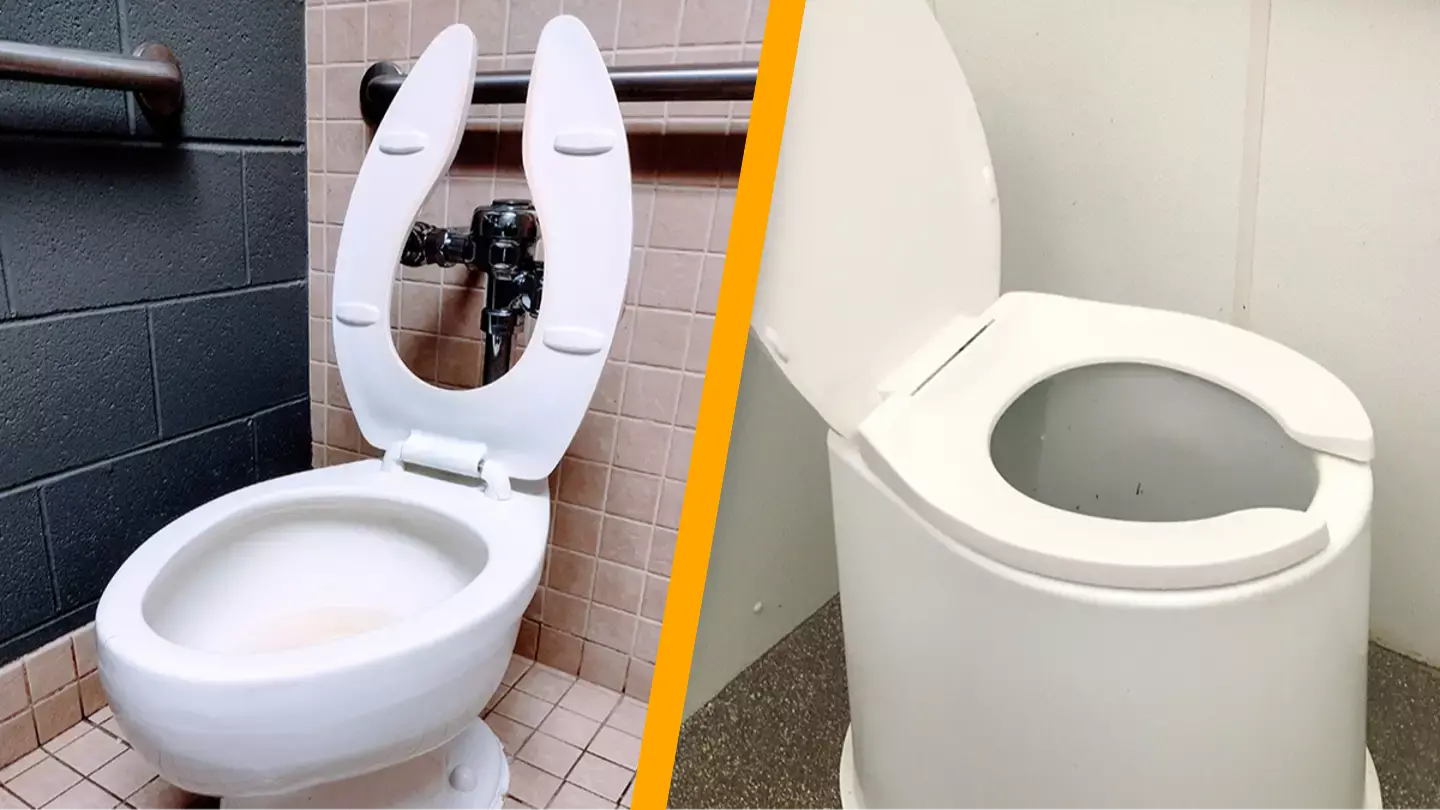You might have observed that public restrooms feature different toilet seat designs. Some have full seats, while others have a ‘U-shaped’ design, leaving a gap at the front.
This isn’t just a matter of design variety; the differences are rooted in health and hygiene considerations.
There are numerous questions surrounding toilet use, such as the consequences of not closing the lid before flushing, why sitting on the toilet for longer than ten minutes is discouraged, and other bad habits per doctors’ advice. One intriguing question is why the U-shaped toilet seat came into existence and why it is widely used.

The U-shaped toilet seat became prevalent just over 50 years ago, following the introduction of the American Uniform Plumbing Code in 1973.
This code, which dates back to 1955, sets the standards for hygiene in public restrooms.
The U-shaped seat is a requirement of IAPMO’s Uniform Plumbing Code. Although not legally enforced, it is commonly adopted in most states and cities.
The code specifies: “Water closets shall be equipped with seats of smooth non-absorbent material. All seats of water closets provided for public use shall be of the open-front type.”
The U-shaped design is particularly beneficial for women, allowing them to reach down for cleaning without touching the seat, which harbors most germs.
Lynne Simnick, senior director of code development at the International Association of Plumbing and Mechanical Officials, informed Slate that the open seat was crafted to let women ‘wipe the perineal area after using the water closet’ without encountering an unhygienic seat.
She further explained that the open-front seat ‘eliminates an area that could be contaminated with urine’, and ‘eliminates the user’s genital contact with the seat’.

Dr. Roshini Raj, a gastroenterologist at NYU Langone, previously highlighted the risks associated with poor hygiene practices in the bathroom: “I see a lot of people who get food poisoning or catch different things by not having good hygiene practices in the bathroom.”
“I just think generally speaking, if you’re on the toilet having a bowel movement or trying to have a movement, you shouldn’t be using your fingers on anything else.”
Moreover, the U-shaped seat is thought to have ergonomic benefits, designed to better fit our bodies. However, the scientific backing for this seems limited, with scant detailed measurements or guidelines available.
While the U-shaped seat is standard in most public restrooms, exceptions exist according to the Uniform Plumbing Code.
For instance, if a public restroom features an automatic toilet-seat cover dispenser, a U-shaped seat is not required.

